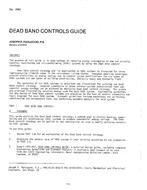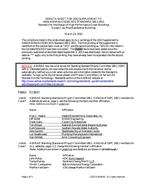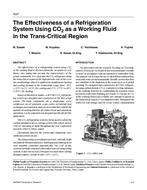Thermal comfort in buildings is typically assessed through occupant surveys, especially for short-term thermal comfort. For long-term thermal comfort, thermalcomfort standards and recent research suggest continuous physical monitoring of temperature is sufficient. However, a lack of formal rules for datarepresentation in building automation systems and the high costs of analytical application development for buildings impede predicting long-term thermalcomfort at scale. This paper demonstrates portable and reproducible application development techniques for evaluating long-term thermal comfort with theBrick metadata schema and Mortar data testbed. We take advantage of the relatively large Mortar dataset containing over 25 buildings to improve thegeneralizability of long-term thermal comfort evaluation. Previous research often performs analysis on limited datasets.
The design of Mortar enables running the same software applications across many heterogeneous buildings, simplifying building analytics applicationdevelopment, and acting as a vehicle for reproducible evaluations in building science. To assess the efficacy of this workflow, we identify six air temperaturebasedlong-term thermal comfort evaluation metrics from the literature and implement them in software. The six indices are temperature mean index,temperature variance index, degree hours index, range outlier index, daily range outlier index, and combined outlier index. During the applicationdevelopment, we find that the calculation of threshold in the daily range outlier index is arbitrary, and the months belonging to cooling and heating seasonswith different comfortable temperature ranges are unclear. Also, all long-term thermal comfort indices fail to differentiate between tool hot and too cold. Toaddress this, we develop two new metrics to calculate overheating and overcooling separately. We evaluate our software across all the buildings available inthe Mortar testbed. The result shows that 25 buildings with 1953 thermal zones have qualified air temperature sensor data during building occupancy.Based on this building dataset, we analyze Pearson correlation among long-term thermal comfort indices. The range outlier index has a 0.19 Pearsoncorrelation coefficient with the daily range outlier index, compared with the Pearson correlation coefficient of -0.35 at a randomly selected building in Mortar.The opposite result indicates that a small building dataset is not capable of long-term thermal comfort indices development, generating misleading results.With the help of the uniform Brick metadata schema, we also investigate disaggregating the results by buildings, floors, zones, and equipment. We summarizethem as a means of identifying problem areas and equipment.
Product Details
- Published:
- 2022
- Number of Pages:
- 9
- Units of Measure:
- Dual
- File Size:
- 1 file , 1.9 MB
- Product Code(s):
- D-TO-22-C061
- Note:
- This product is unavailable in Russia, Belarus


